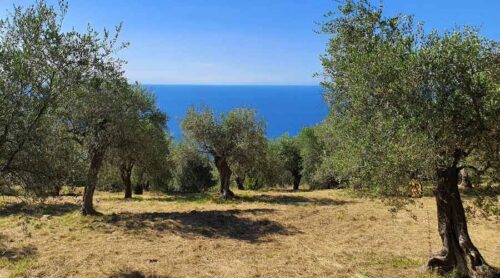The olive tree: From the power of the earth to liquid gold
Shaping Force of the Mediterranean Cultural Landscape
Every traveler to the Mediterranean has inevitably encountered it: the olive tree, which, together with grapevines, fig trees, and now also citrus fruits, shapes the characteristic appearance of the Mediterranean landscapes. Over millennia, these four crops have not only shaped the visual identity of the region but have also significantly influenced its cultural and economic development.
Modern olive cultivation encompasses over 150 different olive tree varieties, producing a remarkable diversity of flavors – comparable to the complexity and richness of nuances in wine culture. This extraordinary varietal diversity is the result of centuries of selection and regional adaptation, with each variety developing its own characteristic traits. The flavor spectrum ranges from intense, peppery notes in early-harvested varieties to mild, buttery flavor profiles in fully ripe fruits, and complex bitterness with spicy herbal notes. This diversity makes each olive grove a unique terroir, whose products reflect the specific environmental conditions and cultivation traditions.
Origin and Geographical Distribution
The origin of the olive tree is scientifically proven to be in the region of the eastern Mediterranean. Archaeobotanical finds and genetic analyses confirm that the domestication of the wild olive tree first took place in the areas of the present-day Middle East, Cyprus, and eastern Turkey. Today, as then, the Mediterranean region is the classic and most important growing area for olive trees. The region is home to well over half of the world’s over 850 million olive trees – an impressive number that underscores the immense economic and cultural importance of this crop.



